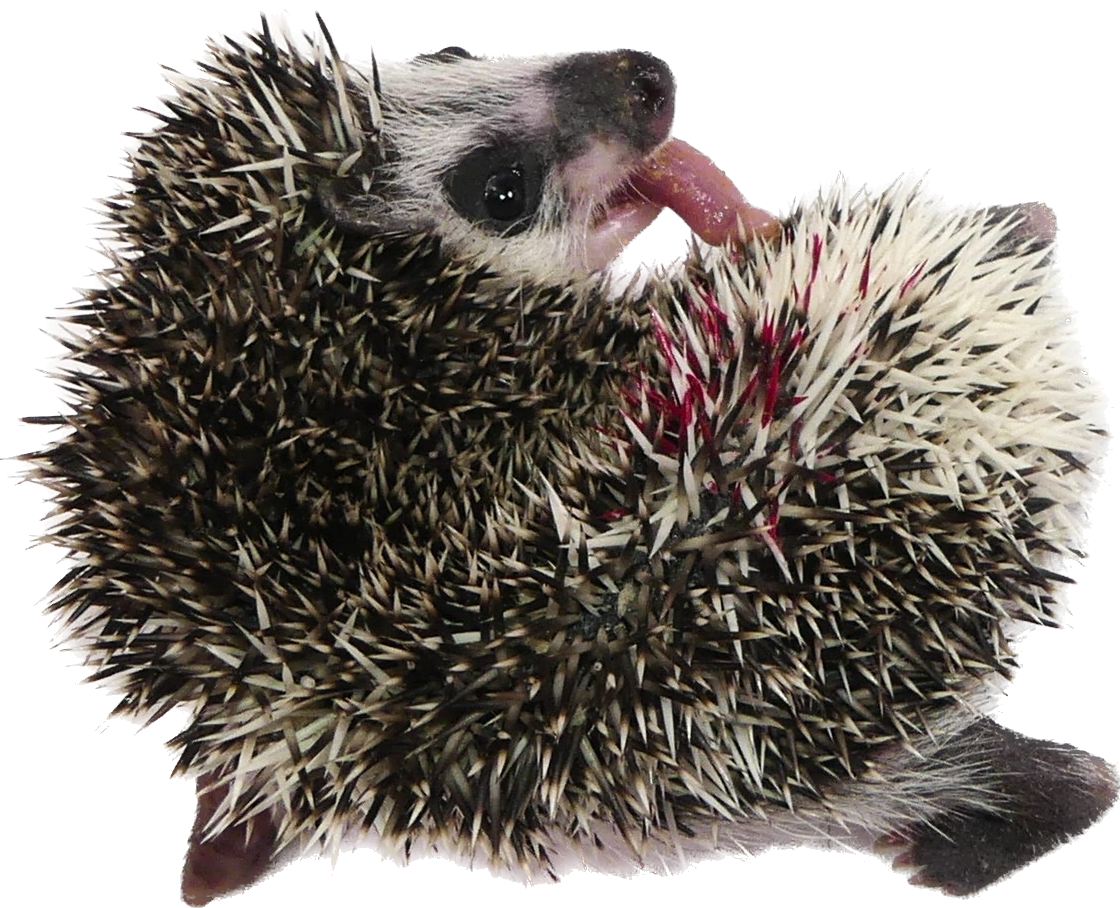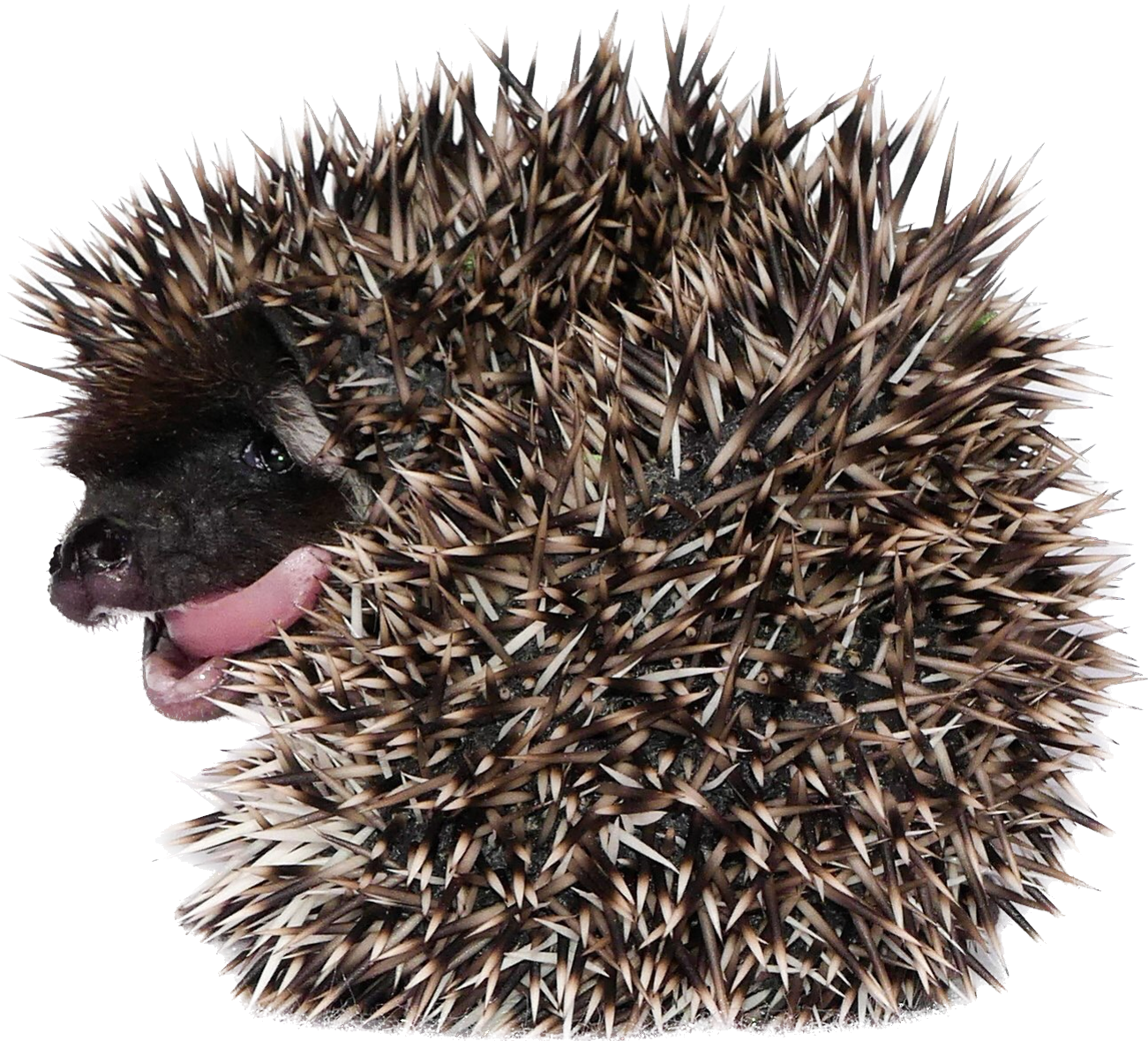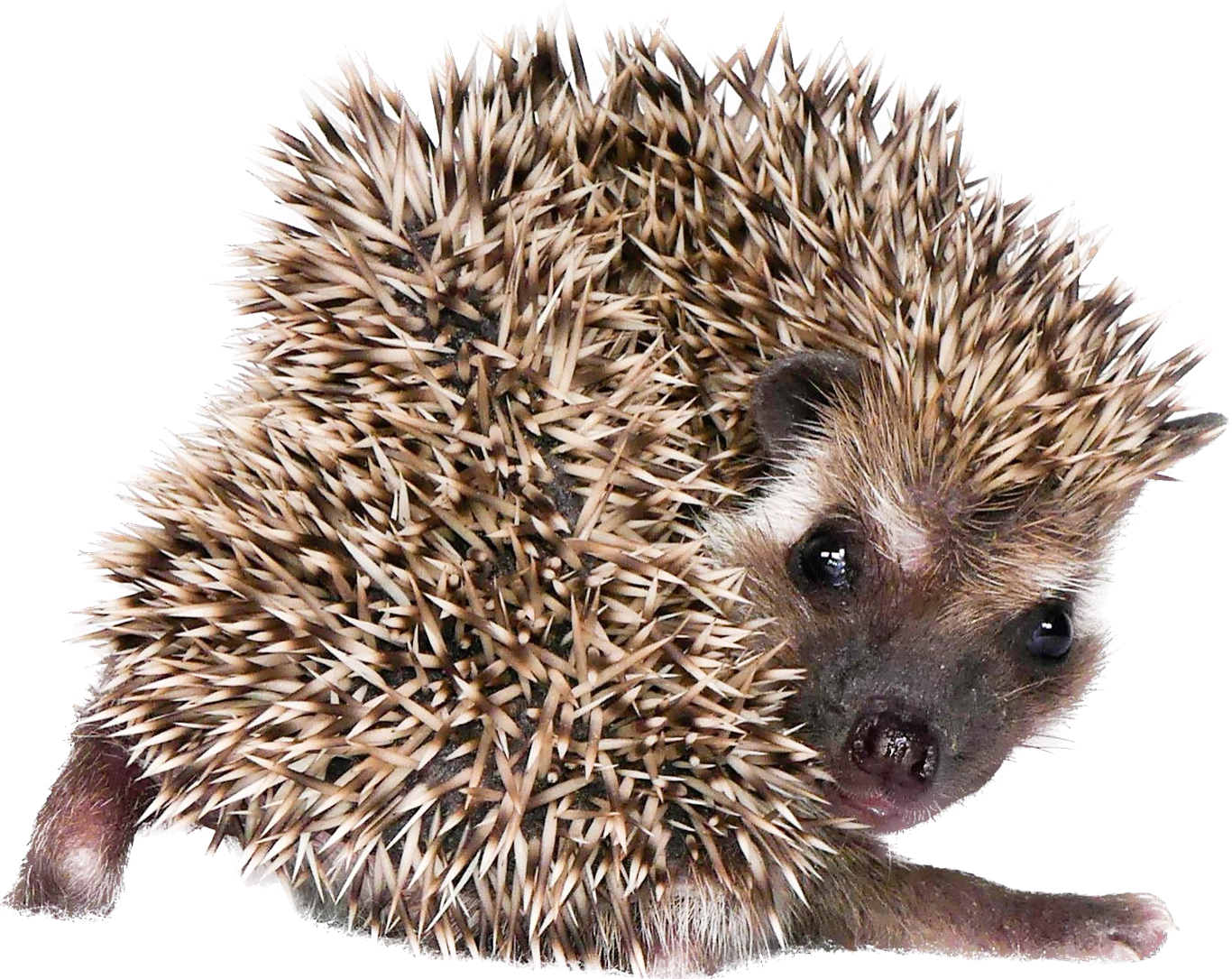Bonding With Your Hedgehog: Understanding Behavior & Building Trust
Hedgehogs can be wonderful pets, and when they bond with you, the connection can feel truly wonderful. Unlike many small animals, hedgehogs can form meaningful bonds with their owners—but it’s important to understand that this process takes time and patience.
Hedgehogs are not domesticated animals. They entered the pet trade in the 1980s and are still considered wild animals. A wild animal is a species that evolved in nature and retains instincts, behaviors, and physical traits best suited to survival in the wild. While an individual hedgehog can become tame, domestication occurs over thousands of years and affects an entire species—not just one animal.
Because of this, bonding with your hedgehog does not happen overnight. With understanding, consistency, and gentle handling, you can earn your hedgehog’s trust.
Why Hedgehogs Need Patience
In the wild, hedgehogs are ground-dwelling prey animals. This means they have strong protective instincts, and those instincts often override learned behavior. During the bonding process, reducing instinctual triggers will help your hedgehog relax and bond more quickly.
Learning to read your hedgehog’s behavior will help you show them that you are not a threat.
Picking Up and Holding Your Hedgehog
Most hedgehogs dislike hands reaching into their enclosure. Removing their igloo or hiding spot can immediately trigger defensive instincts.
Hedgehogs only have rods in their retinas, meaning they perceive light and dark but not detail. Sudden exposure to bright light can temporarily blind and frighten them—similar to having a light turned on while you’re asleep.
When startled, a hedgehog may roll into a ball, huff, or attempt to poke with its quills. This is instinctual and completely normal.
How to Hold Your Hedgehog Safely
Closed hands or holding your hedgehog tightly against your body can mimic being captured by a predator. With consistent, gentle handling, your hedgehog will learn that you are safe and may eventually relax enough to be held closer.
Bonding Bags
Bonding bags are an excellent, low-stress tool. They:
Reduce light exposure
Provide a sense of security
Allow bonding without direct handling
Important: Always make sure your hedgehog cannot walk off your hands when being held.
Tasting vs. Biting
Hedgehogs—especially babies—explore their world using their sense of smell and taste. Some hedgehogs are “tasters.”
A gentle nibble is usually curiosity, not aggression. If your hedgehog begins licking your skin, tasting may follow—especially if you smell appealing. Simply move your hands so they don’t focus on one spot.
Sniffing the Air (Flehmen Response)
Hedgehogs have a specialized sensory system that allows them to process scents deeply. When you see your hedgehog sniffing the air and showing its front teeth, it is displaying the flehmen response.
This behavior helps your hedgehog gather information about new smells and is completely normal.
Rolling Into a Ball
Rolling into a ball is a defensive response. Common triggers include:
Loud noises
Sudden movement
Overhead shadows
Unfamiliar smells
Light touching of the quills
Lightly brushing the quills can feel like a predator investigating them. Until trust is established, avoid petting the back quills. If your hedgehog rolls up, remain calm and continue holding them confidently with flat palms or in a bonding bag.
Visor Quills Pulled Over the Face
When a hedgehog pulls the visor quills (the quills on the forehead) over its face, it is reacting to perceived danger or uncertainty. Shadows, noise, or unfamiliar people can trigger this behavior.
Stay calm, move slowly, and keep noise to a minimum. Over time, your hedgehog will become more comfortable.
Quills Lying Flat
When your hedgehog’s quills lie flat and move freely under your hand, this indicates a relaxed and comfortable hedgehog. This is an ideal time for positive reinforcement, such as offering a small treat.
Some babies may not fully flatten their quills until their adult quills grow in.
Self-Anointing
Self-anointing is a normal behavior where a hedgehog froths at the mouth and spreads saliva onto its quills, often after encountering a new smell. The hedgehog may bend, close its eyes, or appear almost trance-like.
Although the purpose is not fully understood, this behavior is harmless and common among hedgehogs.
Hedgehog Sounds
The most common sound hedgehogs make is huffing or hissing. This usually means your hedgehog is annoyed, not aggressive.
A hedgehog’s primary defense is its quills, so hissing is often accompanied by rolling into a ball rather than biting or attacking.
Final Thoughts
Bonding with a hedgehog takes time, patience, and understanding—but the reward is well worth the effort. By learning your hedgehog’s language and respecting its instincts, you can build a strong, trusting relationship.




